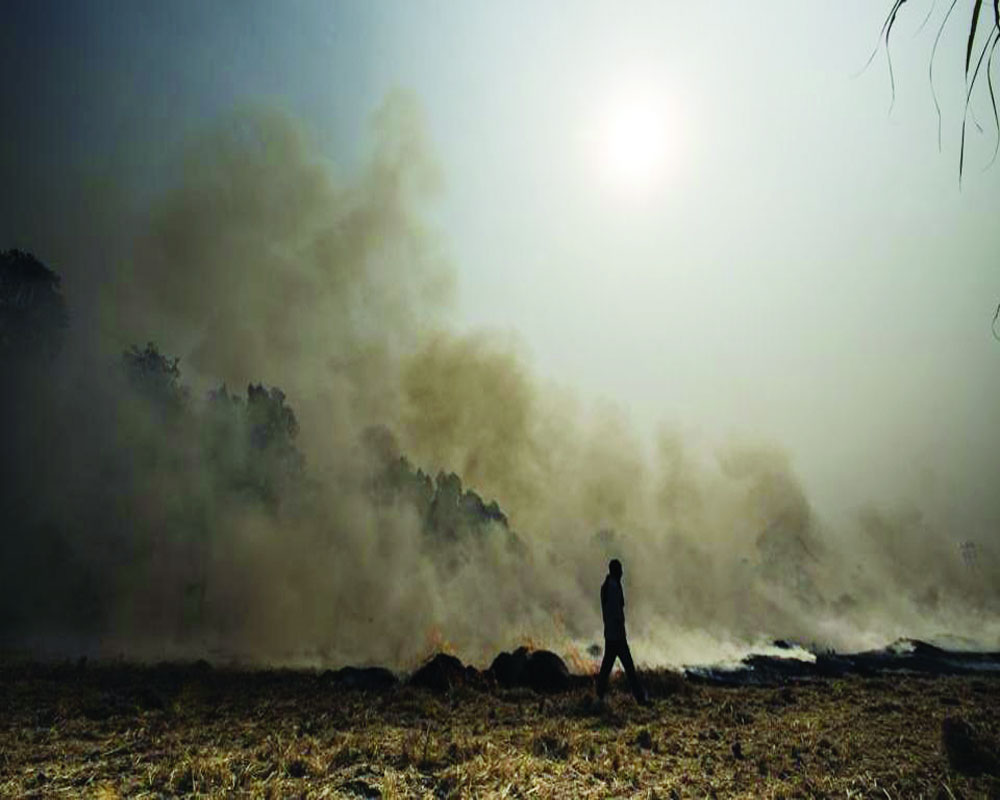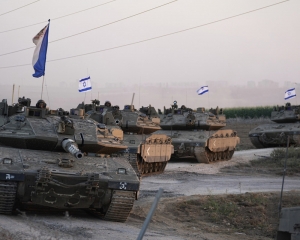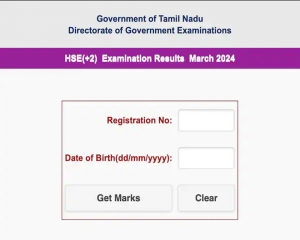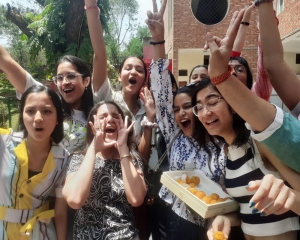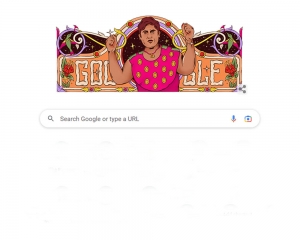After PM 2.5 spikes, alarming levels of ground-level ozone are posing a hazard for Delhiites
Just when we had begun to internalise the deadly impact of increasing levels of particulate matter and nitrogen dioxide from toxic fumes, usually in winter, Delhi now has a new pollution threat from ground-level ozone. A recent study by the Centre for Science and Environment (CSE) has pointed out to what could become a new summertime hazard with noxious emissions by the city’s vehicular fleet and industrial units combining under severe heat conditions to form polluting or bad ozone, which is very different from the good ozone in the stratosphere that cuts out ultra-violet rays. The CSE has warned that this complex atmospheric chemistry needs investigation and immediate action as ozone dominance has been found to be stubborn in the city’s air quality indices. In fact, we are waking up to the ozone threat only now as repeated assessments over the last year have already isolated vehicles as the highest source of nitrogen oxides (NOx). A SAFAR study, too, last year had concluded how vehicles in Delhi were responsible for 62.5 per cent and industry 24.4 per cent of the total NOx load from all sources. A separate Teri-ARAI report the same year had found vehicles responsible for generating 81 per cent of NOx. Clearly, summer is more than just about discontent, it is about dysfunction.
Ground-level ozone, or O3, is considered extremely damaging to human health and the environment, leading to respiratory problems, exacerbating asthma and in extreme cases complicating heart and lung issues like atherosclerosis. It equally harms vegetation and wildlife, particularly affecting photosynthesis in plants and crops. Rapidly formed as by-products of combustion collide with each other under the sun, ground-level ozone is believed to have caused more than a million deaths each year besides millions of dollars worth of crop losses. Already this year, there has been an uncharacteristic increase in throat irritation, infections and breathing problems being reported at doctors’ clinics. The World Health Organisation (WHO) refers to several European studies to deduce that daily mortality rates could rise by 0.3 per cent for every additional 5 parts per billion (ppb) of ozone in the air. A study using data from 2010 found as many as 316,000 deaths in China that year due to ozone, accounting for 28 per cent of all respiratory deaths. In India, with the projected figure at about 450,000 deaths, that rate would be over 32 per cent! Of course, while Delhi has over the years greened its public transport fleet with CNG and even tried the odd-even formula, the pollution overload keeps on increasing each year. And while electric vehicles are still far away from reality as affordable, workable options in terms of charging infrastructure and costs, the fact is Delhi needs faster correctives in emission and exhaust systems. In the US, for example, they have technologies to cut down ozone-inducing components and change fuels used in power plants and vehicles. The auto industry there has already managed to cut emissions of ozone-inducing pollutants by more than 99 per cent over a few decades by changing gasoline formulation as well as engine technology. One auto industry group has claimed that by 2025, passenger vehicle emissions of NOx will have dropped 99.8 per cent. Urban forests also help in absorption of harmful substances. But for emergent powers like China and India, they do not even have a buffer time and there is a need to balance development requirements with clean air. Also, there has to be a good mix of alternatives. For example, a switch to biofuels in vehicles, like Sao Paulo did in 2014, led to an increase in ozone pollution, necessitating a switchback to gasoline. But when it comes to Delhi, other than control measures — and these now have to rise above political or votebank-motivated concerns to be result-oriented — what is most needed is a change in behavioural and consumption patterns. Limiting private car use and using public transport will have to be seen as a lifestyle necessity rather than a choice.













